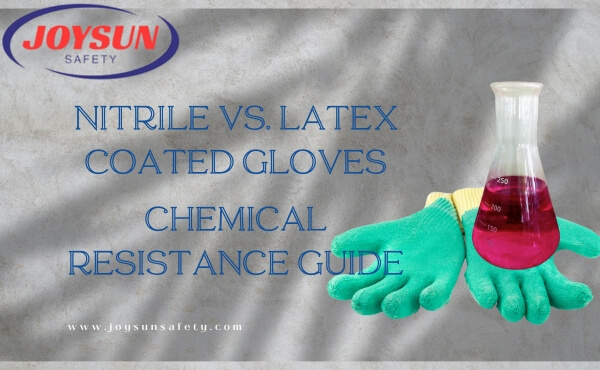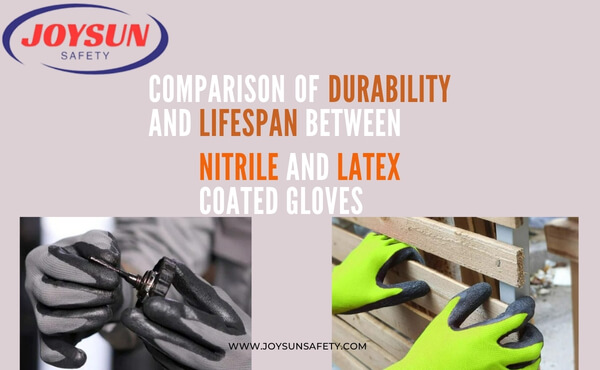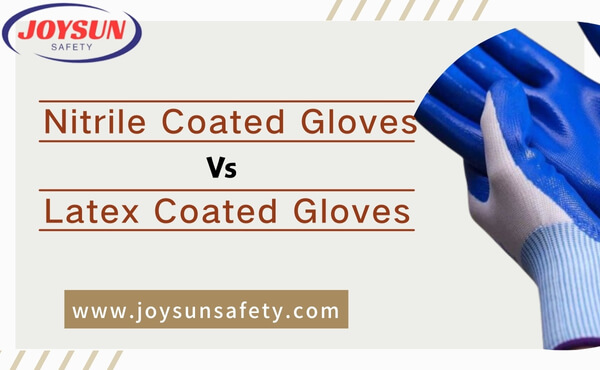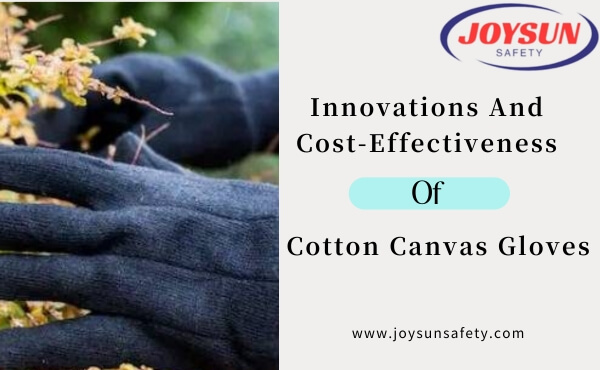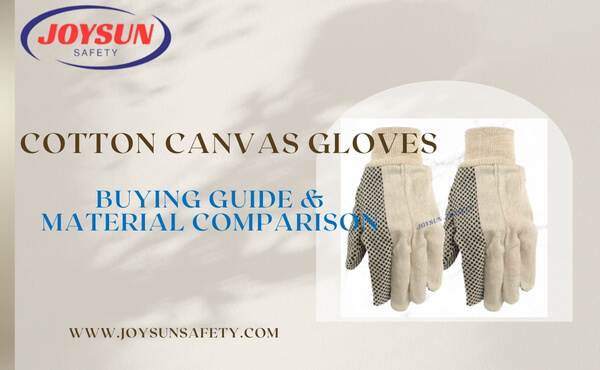Leather welding gloves are essential for protecting your hands from the intense heat, sparks, and molten metal generated during welding. To ensure their longevity and effectiveness, it is crucial to clean them regularly. This comprehensive guide will walk you through the steps on how to clean leather welding gloves, covering various aspects from basic cleaning to deep conditioning.
Understanding the Importance of Cleaning Welding Gloves
Welding gloves, particularly those made of leather, are susceptible to wear and tear. Heat, oil, grease, and dirt can accumulate on the surface, affecting the glove’s flexibility and overall performance. Regular cleaning is essential for the following reasons:
- Extending the Lifespan:Cleaning helps remove debris and contaminants that can degrade the leather, thereby extending the lifespan of your leather hand gloves for welding work.
- Maintaining Dexterity:Dirt and grime can stiffen the leather, reducing dexterity and making it difficult to handle tools effectively. Cleaning helps maintain the flexibility and suppleness of the gloves.
- Enhancing Safety:A buildup of oil and grease can increase the risk of ignition, compromising safety. Regularly cleaning minimizes these risks.
Step-by-Step Guide to Cleaning Leather Welding Gloves
1. Prepare Your Cleaning Solution
- Mild Soap and Water:For basic cleaning, use a mild soap and lukewarm water solution. Avoid harsh detergents or chemicals that can damage the leather.
- Saddle Soap:Leather gloves brands often recommend saddle soap, a specialized cleaner that effectively removes dirt and grime without stripping the leather’s natural oils.
- Leather Cleaner:Alternatively, you can use a commercial leather cleaner specifically designed for cleaning welding gloves.
2. Clean the Gloves
- Hand Washing:Fill a basin or sink with lukewarm water and add a small amount of your chosen cleaning solution. Submerge the gloves in the water and gently agitate them for a few minutes.
- Using a Soft Brush or Cloth:Use a soft-bristled brush or a clean cloth to scrub the surface of the gloves, paying attention to seams and crevices. Avoid using abrasive materials that can scratch the leather.
3. Rinse Thoroughly
- Rinse with Clean Water:Thoroughly rinse the gloves with clean, lukewarm water to remove any soap residue or cleaning solution.
- Squeeze Out Excess Water:Gently squeeze out any excess water from the gloves, avoiding wringing or twisting, which can damage the leather.
4. Dry the Gloves
- Air Drying:Allow the gloves to air dry naturally at room temperature. Avoid using direct heat sources like hairdryers or radiators, as they can cause the leather to crack or shrink.
- Stuffing with Newspaper:To help the gloves retain their shape while drying, stuff them with crumpled newspapers. This will absorb excess moisture and prevent the gloves from becoming deformed.
5. Condition the Leather
- Leather Conditioner:Once the gloves are completely dry, apply a leather conditioner to restore moisture and keep the leather soft and supple. Use a small amount and distribute it evenly across the surface.
- Mink Oil or Neatsfoot Oil:Alternatively, you can use mink oil or neatsfoot oil to condition the leather. These natural oils penetrate deeply into the leather, preventing it from drying out and cracking.
Additional Tips for Cleaning Welding Gloves
- Inspect the Gloves Regularly:Before each use, inspect the gloves for any signs of wear and tear, such as cuts, cracks, or loose stitching.
- Avoid Soaking the Gloves:Prolonged soaking can damage the leather and affect its integrity.
- Store Properly:Store the gloves in a cool, dry place away from direct sunlight or heat sources.
Types of Welding Gloves and Their Care
Understanding the different types of welding gloves is crucial for proper maintenance. Here are some common types:
- Leather Welding Mittens:These heavy-duty gloves provide excellent protection against heat and sparks. Clean them as described above, paying attention to the larger surface area.
- Gauntlet Gloves Welding:Featuring extended cuffs for added protection, gauntlet gloves require special care to prevent damage to the cuff area.
- Leather TIG Gloves:Designed for TIG welding, these gloves are thinner and more flexible. Use a mild cleaner and avoid over-conditioning to preserve their dexterity.
- Short Welding Gloves:These gloves offer a greater range of motion but are more susceptible to heat damage. Clean them frequently to prevent the leather from becoming brittle.
Addressing Common Concerns
Can You Wash Welding Gloves?
Yes, you can wash leather welding gloves, but it’s important to follow the proper cleaning procedures to avoid damaging the material.
What Temperature Can Welding Gloves Withstand?
Most high heat welding gloves are designed to withstand temperatures up to 1,000 degrees Fahrenheit (538 degrees Celsius). However, the exact temperature tolerance may vary depending on the type of glove and the material used.
Do Welding Gloves Protect Against Electricity?
No, welding gloves do not provide adequate protection against electrical shock. It’s crucial to wear specialized electrical safety gloves when working with live electrical equipment.
Choosing the Right Welding Gloves
Selecting the right welding gloves is essential for ensuring optimal safety and performance. Consider the following factors:
- Material:Leather is the most common material for welding gloves due to its durability and heat resistance.
- Glove Size:A proper fit is crucial for dexterity and comfort.
- Cuff Length:Choose a cuff length that provides adequate protection for your wrists and forearms.
JoysunSafety Leather Welding Gloves: Quality and Protection
JoysunSafety offers a wide range of high-quality leather welding gloves designed to meet the demands of various welding applications. Our gloves are crafted from premium cow split leather, providing exceptional heat resistance, durability, and comfort. Whether you need black leather welding gloves, brown welding gloves, or flexible welding gloves, JoysunSafety has the perfect pair to keep your hands safe and protected. Check out our selection of leather welding gloves, including:
- WB01 Cow Split Leather Fireplace Welding Gloves 14″/16″
- WB02 Blue Cow Split Leather Heat/Fire Resistant Welding Gloves 16″
- WB03 Cow Split Leather Welder Gloves 14/16″ Heat Resistant
- WD09 High Heat Resistant Cow Split Leather Fireplace Forge Gloves 14/16″
- WD10 Dark Grey Cow Split Leather Heat and Flame Resistant Work Gloves 16″
- WD11 Black Cow Shoulder Split Leather Heat Resistant Mig/Tig Gloves 16″
- WD12 Dark Grey Cow Split Leather High Heat and Spark Resistant Work Gloves 16″
- WG13 Green Cow Split Leather Heat-Resistant Welding Gloves 14/16″
- WR04 Red Cow Split Leather Heat and Fire Resistant Welding Gloves 16″
- WR05 Red Cow Shoulder Split Leather Welder Gloves 16″
- WY06 Brown Cow Split Leather Heat-Resistant Welding Gloves 14/16″
- WY07 Cow Shoulder Split Leather High-Heat Resistant Forging Welding Gloves 16″
- WY08 Yellow Cow Shoulder Split Leather Heat-Resistant Welding Safety Gloves 16″
- WN15 Natural Cow Split Leather Heat-Resistant Welding Gloves 14/16″
Conclusion
Cleaning leather welding gloves is essential for maintaining their longevity, performance, and safety. By following the steps outlined in this guide and choosing the right welding gloves from JoysunSafety, you can ensure optimal protection and extend the lifespan of your valuable hand protection gear.








